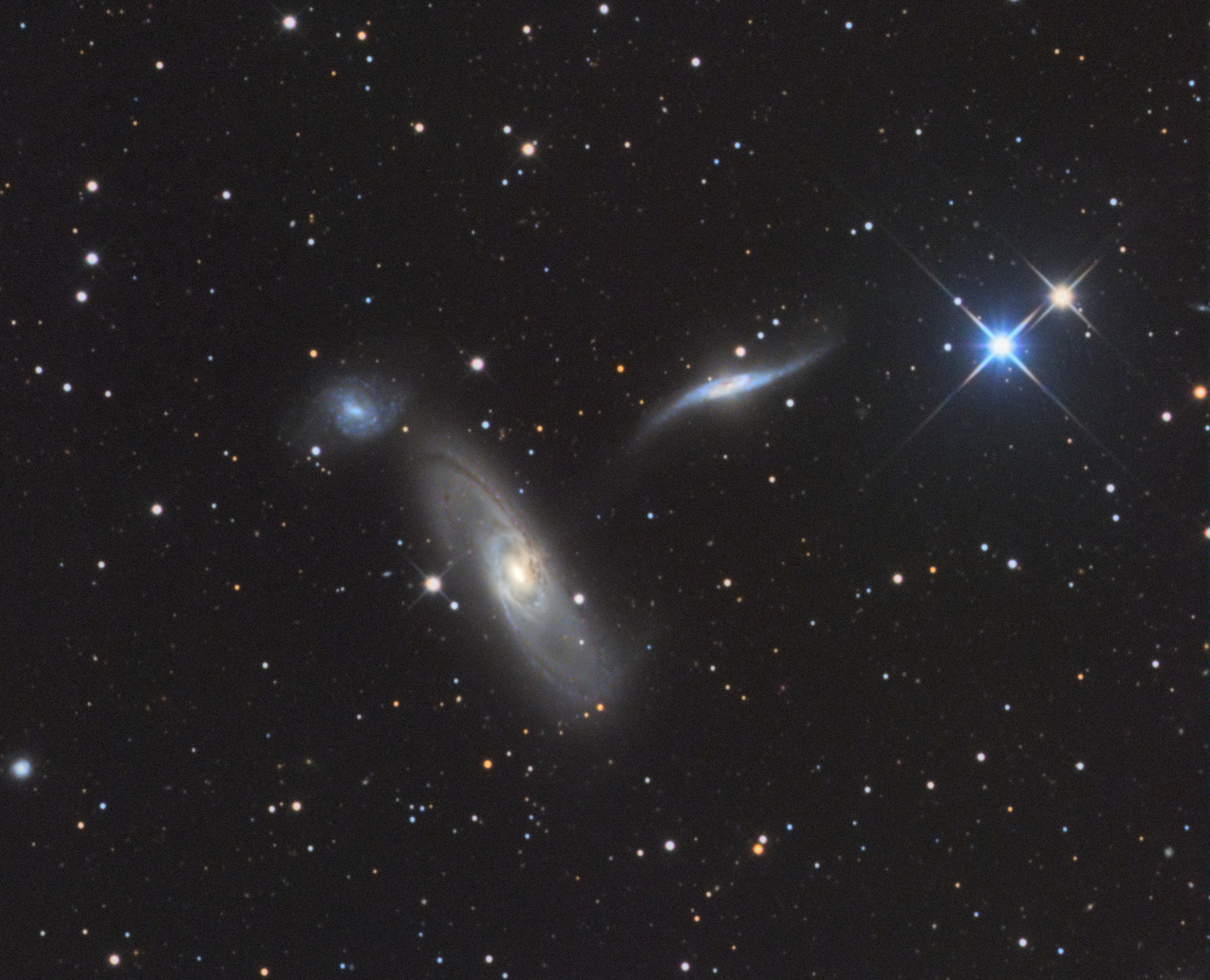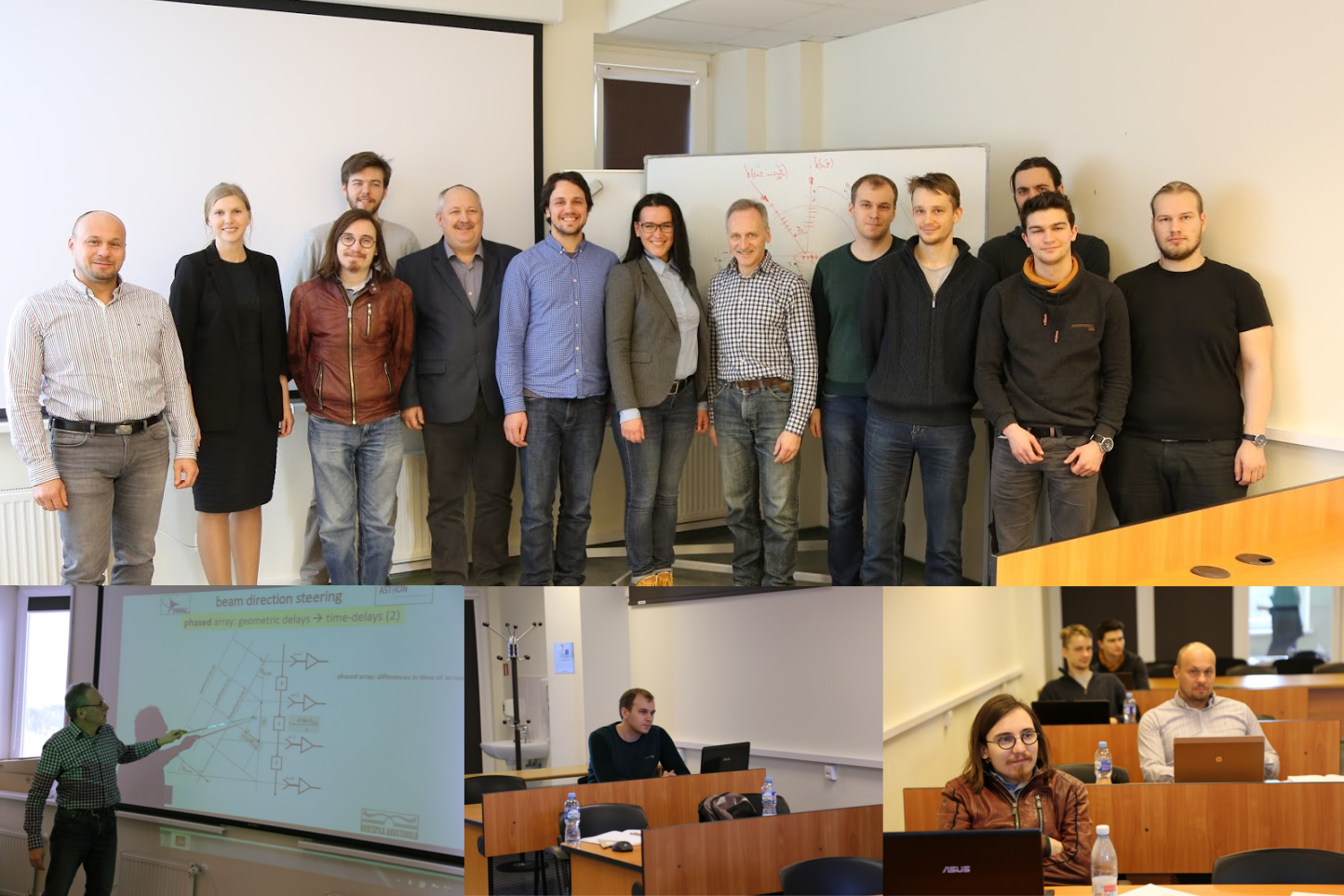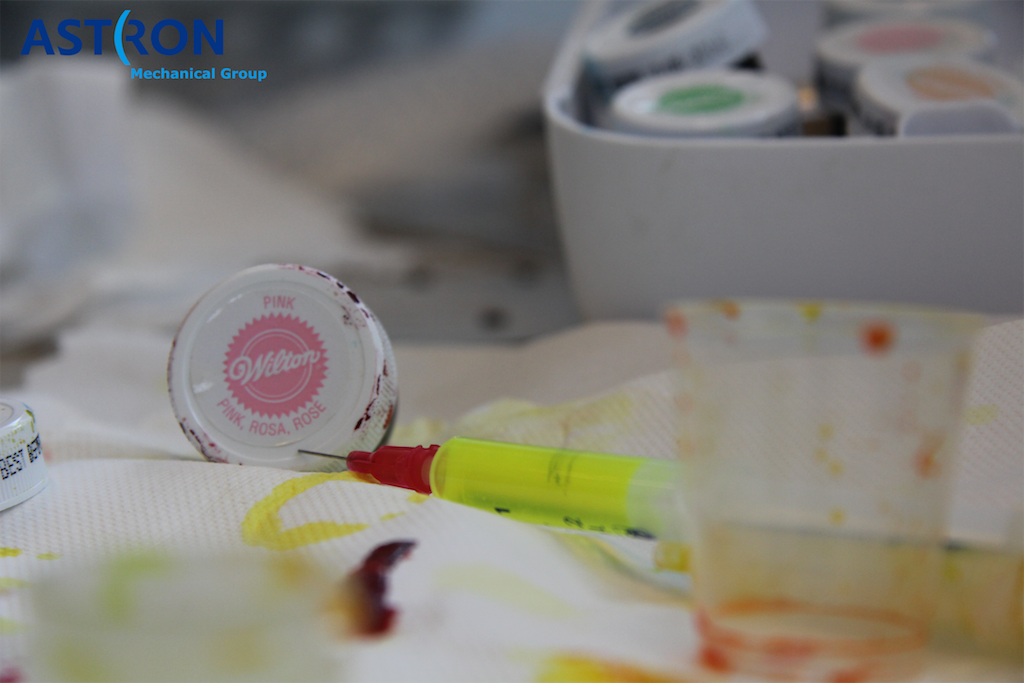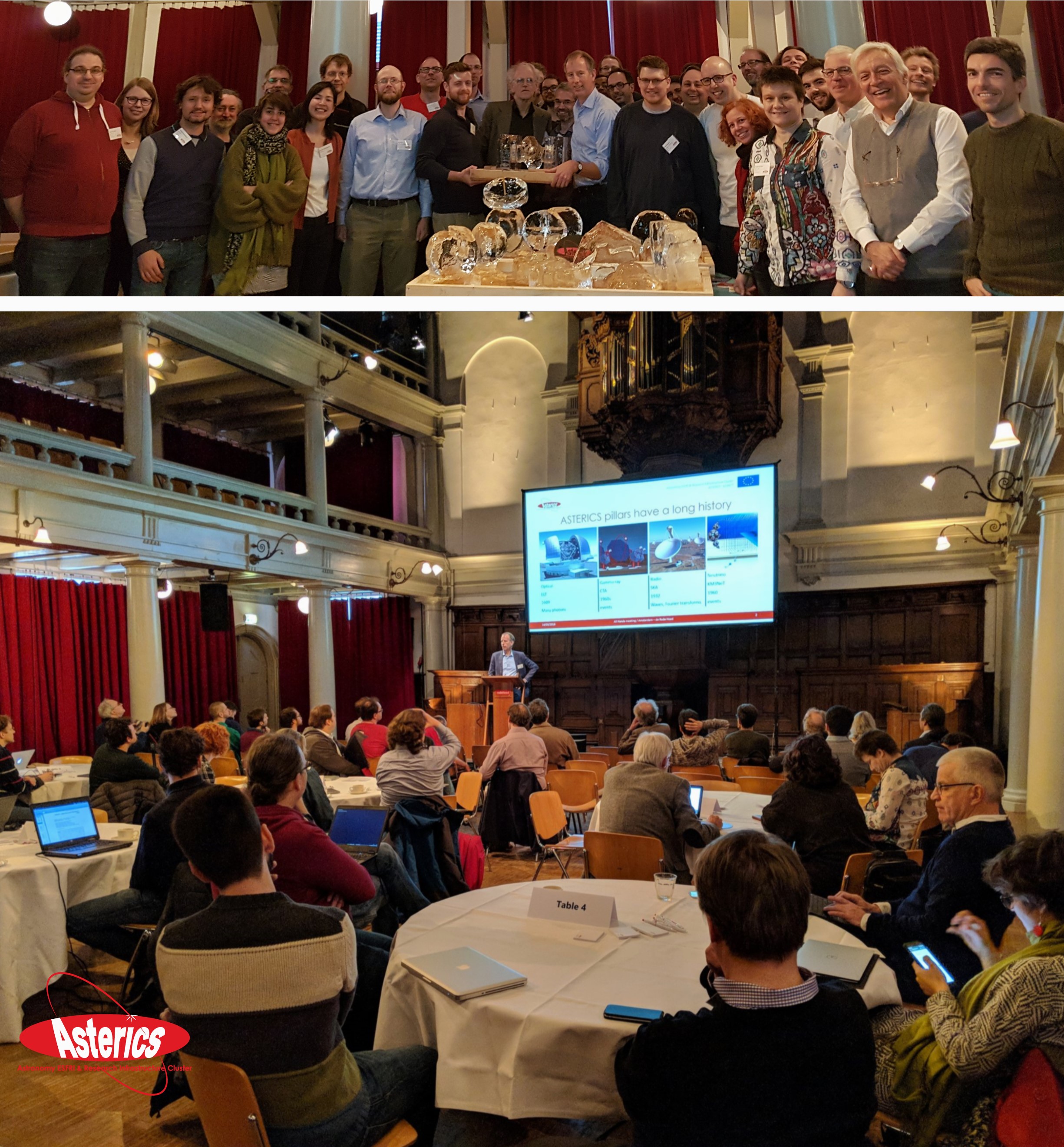 © ASTRON R&D
© ASTRON R&D
Around 500 pupils of primary schools in the province of Friesland attended EDU Robotics, well organized by Innovation Cluster Drachten (ICD). Besides doing a dance together with over 100 robots built by themselves, they could listen to astronaut André Kuipers. Illustrated with beautiful pictures and movies, special guest André Kuipers explained to the children his fascination for technology, astronomy and the universe and his drive for becoming an astronaut.
Parallel to the program at a kind of market place at which the ICD partners were represented, the children could experience science and technology in a practical way. At the ASTRON booth children could weigh themselves and add this information on the laptop to see how much their current weight on earth should be if they would be at e.g. the moon, Mars or Mercurius.
For me, it was a pleasure to represent ASTRON there, to see the enthusiasm and curiosity of so many children and to learn from André Kuipers' experiences in the International Space Station during his stay of 190 days over there.
Roy and Iris, thank you for your assistance prior to this event.
Bas, thanks for your help at the event itself.
.png) © Gary Larson (The Far Side)
© Gary Larson (The Far Side) © JvL
© JvL © Ue-Li Pen
© Ue-Li Pen © JvL
© JvL © astropix.nl
© astropix.nl © Gemma Janssen
© Gemma Janssen © R. Vermeulen, N. Ebbendorf, C. Baldovin
© R. Vermeulen, N. Ebbendorf, C. Baldovin © Astron
© Astron © R. Vermeulen, N. Ebbendorf, C. Baldovin
© R. Vermeulen, N. Ebbendorf, C. Baldovin © JvL
© JvL © Colloquium
© Colloquium © astron
© astron © astron
© astron © astron
© astron © astropix.nl
© astropix.nl © astron
© astron © P.Fusiara
© P.Fusiara © ASTERICS
© ASTERICS







